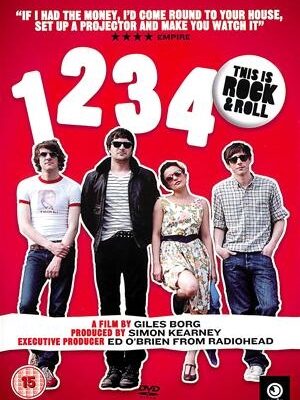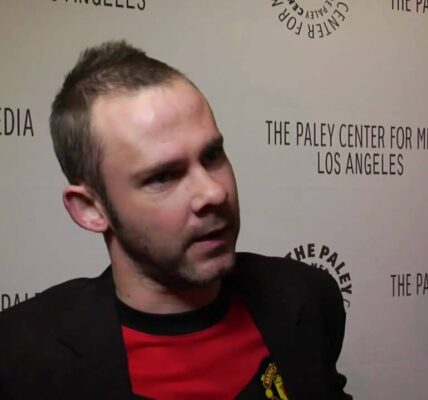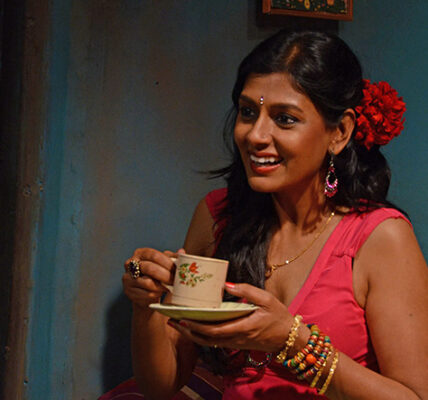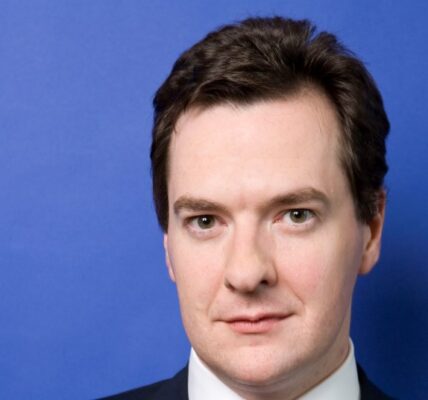Paul Thomas Anderson: Perfecting The Look
The writer-director explains why he will stop at nothing to get the right aesthetic, even if it means shooting in 65mm.
Following his early films Boogie Nights and Magnolia, writer-director Paul Thomas Anderson swiftly gained a reputation as a Hollywood maverick, partly through his elaborate camerawork, with its audacious tracking shots, that drew comparisons to such veterans as Martin Scorsese and Robert Altman. “Boogie Nights was a story that needed lots of frenetic energy,” he says, “but at the same time you probably feel more of a desire to show off when you’re younger.”
Now aged 42, Anderson is no less radical, albeit in a different manner, as he harks back to a bygone era for his new film. Set in 1950, The Master—which won him Best Director at the Venice Film Festival—is an elegant examination of the relationship between two men: an alcohol-dependant former US Navy sailor (played by Joaquin Phoenix) and the leader of a self-help movement (Philip Seymour Hoffman), a character loosely inspired by L. Ron Hubbard, founder of the Scientology movement.
In the days when digital is all the rage, The Master has been shot on 65mm film and projected in 70mm—the first feature film to do so since Kenneth Branagh’s 1996 version of Hamlet. “These cameras are still used a lot for visual-effects plates,” notes Anderson. “Chris Nolan has used them from time to time on some of his films, Terry Malick used them a few times on The New World.” But of late, only Ron Fricke’s Samsara, an experimental collage of images set to music, has used these cameras to shoot a whole project.
Working with cinematographer Mihai Malaimare Jr. for the first time (after his long-standing relationship with Robert Elswit), Anderson claims that when he went to visit technicians at Panavision, he didn’t go in with the intention of shooting on this increasingly rare format. “It’s usually [reserved for] this epic thing and I knew we weren’t doing that—I didn’t know what we were doing but I knew it wasn’t that. But we pulled those cameras out, and we started testing them and the results spoke for themselves… it was just one of those things that felt right and looked right.”
Given the era The Master is set in, Anderson understandably wanted something that felt as if it sprang from the 1950s, citing “that great look” achieved by such Hitchcock classics as North By Northwest and Vertigo, which were shot in VistaVision. “We didn’t really think it through, though,” he laughs, “because the camera broke all the time and made a lot of noise. You can still hear the camera rolling in the film; we just put fan noises over it, so you couldn’t tell it was the camera.”
Aside from being unreliable and noisy, the cameras were also “as big as a desk”, which put paid to any notions Anderson might have had about repeating those frenetic camera stunts from his earlier films. “I have to say, if you’re working with a camera like that, as those older directors did, you’re not going to be throwing it off buildings and moving it around so much. You get yourself into this classic thing. And it’s great to work within those parameters.” •
Taken from movieScope magazine, Issue 31 (November/December 2012)












